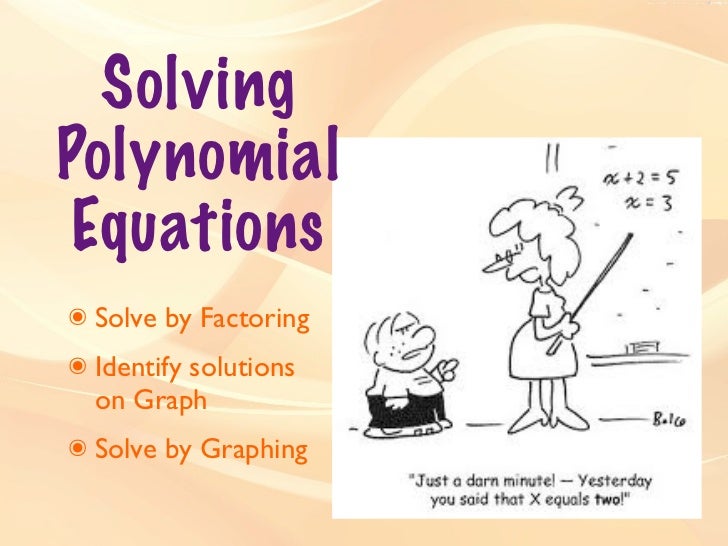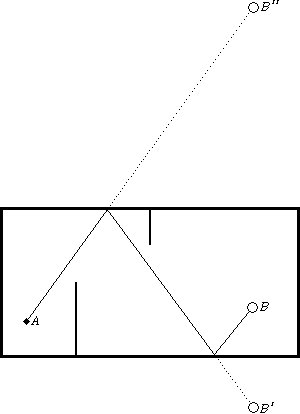
This learning progression will be applied to a high school calculus classroom, normally for 12th graders, that uses Khan Academy as a reference for the curriculum. The following Common Core State Standards aligned with this progression are HSF.LE.A.1.c and HSF.LE.A.4. The standards for mathematical practice that will be used are MP1: Make sense of problems and preserve in solving them, MP4: Model with mathematics, and MP6: Attend to precision.
The students have had experience with finding the derivative and integral of a function. They have been introduced to the rules of integrating a function that produces a natural logarithmic equation. This learning progression will build on this knowledge by applying this specific type of function to modelling a population. This will build an understanding of the real-world applications of logarithmic functions and where they come from. The students will be working cooperatively in groups on example problems to further their own ability of the procedural steps of integrating. This lets the students communicate with their peers so that they can continue to increase their knowledge with discussions about each of the practice problems. Although most of the progress requires the students to work cooperatively, the final portion will be assessed on how well each individual student understands the concept and procedures. This is displayed in a final activity where each student must model a population by integrating by parts of a function.




